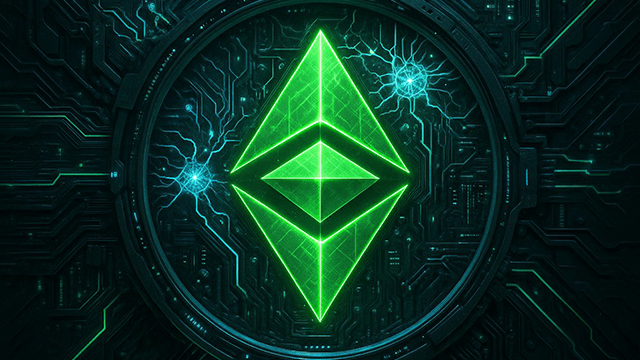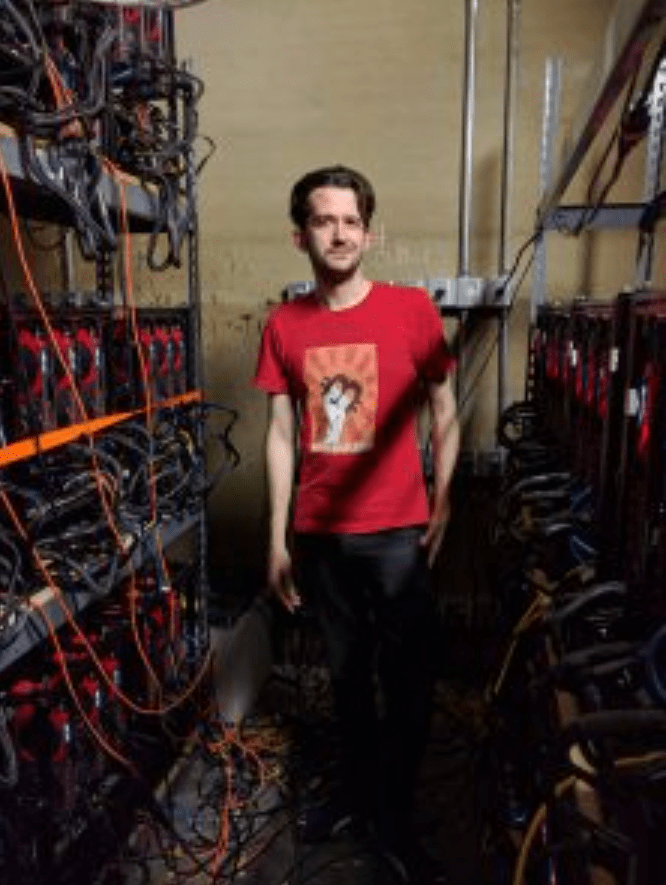based on material from the site - By EthereumClassic

Ten years ago, Ethereum Classic was born — not in a blaze of glory, but as a result of resistance.
After the infamous DAO hack in 2016, the Ethereum Foundation made a controversial decision: to roll back the blockchain's history with a hard fork that eliminated the consequences of a faulty smart contract. But a principled minority said 'no.' They continued to work on the original chain — untouched, unaltered, and undestroyed.
This chain became Ethereum Classic (ETC).
Since then, ETC has withstood all forms of pressure aimed at making it comply: censorship, misinformation, 51% attacks, and industry control. But it has never compromised.

Today, Ethereum Classic is more than just an unaltered Ethereum ledger. It is the world's most secure Proof-of-Work smart contract platform — a blockchain with a fixed supply, full EVM compatibility, and a growing DeFi economy based on sustainability.
And in 2026, with the upcoming Olympia upgrade, it could become the first self-funding and self-governing PoW blockchain in history.
This article examines the ten-year journey of ETC — from betrayal to resilience, from resistance to regeneration — and explains why Ethereum Classic may be the most sovereign network in cryptocurrency today.
In mid-2016, Ethereum faced a crisis that would define its fate. The DAO — a venture fund for smart contracts — had just raised $150 million from over 18,000 participants. But a vulnerability in its code was exploited, and over 3.6 million ETH were stolen.
Importantly, this did not happen due to Ethereum's fault. The bug was in the DAO contract itself — a decentralized application created by users. But the subsequent events led to one of the most controversial decisions in blockchain history.
A hard fork was proposed. Instead of allowing the DAO hacker to keep the funds, the core Ethereum developers, supported by the Ethereum Foundation, coordinated a network upgrade to eliminate the exploit. This meant rewriting history and returning the funds.
This violated Ethereum's foundational principle: 'Code is law.'
The solution was presented as a one-time fix — necessary to protect users. But many perceived it differently. For them, it was a rescue that created a dangerous precedent: blockchain rules could be changed retroactively if enough people demanded it.
To garner community support, Ethereum held a 'Carbon Vote.' Only about 5% of the total ETH supply participated in the vote, and over 25% of the votes came from a single wallet.
On July 20, 2016, the hard fork launched at block 1,920,000. But not everyone followed suit. A small group of miners, users, and developers decided to continue working on the original Ethereum chain — the one that hadn't rolled back.
They didn't create anything new. They simply refused to back down from the rules.
After the hard fork on July 20, 2016, the original Ethereum chain — the one that did not reverse the DAO exploit — was supposed to die.
It had no branding. No exchange support. No roadmap. The name Ethereum Classic didn't even exist yet. Supporters simply referred to it as the 'Classic chain.'

Meanwhile, Ethereum (ETH) surged ahead, possessing almost all the computational power, mining pools, and media coverage.
An anonymous Bitcoin OG named Wiz directed his graphics cards to the unbranched Ethereum chain. At one point, he controlled 100% of its hash rate, mining 31 blocks in a row to keep it operational. 'I think the real computational power of the network is about 30 Gh/s,' — Wiz, July 21, 2016.
Wiz's ten-minute solo work marked the beginning of ETC's revival. Soon, other miners joined him.
A critical turning point occurred on July 24 when the Poloniex exchange listed ETC. This move legitimized the blockchain overnight.
By mid-August, ETC supporters published a Declaration of Independence. The message was clear:
'This is not a new blockchain. This is Ethereum.'
It was a fair launch. No pre-mining. No financial assistance. No insiders.
Just a principled group of cypherpunks refusing to betray the code.
The result?
Ethereum Classic not only survived. It proved that immutability is not just a slogan, but a clear line in the sand.
In 2016, Ethereum Classic was dismissed as a protest blockchain — a temporary fork supported by principles.
Ethereum Classic has maintained 100% immutability of its ledger since its inception.
No rollbacks. No rewrites. No discretionary monetary policy.
While others rewrote their history based on public consensus, Ethereum Classic is the only major smart contract platform to have preserved its original ledger — after every attack, exit, and cycle.
ETC is no longer 'the chain that refused to die.' It is the foundation of Proof-of-Work programmable finance used by miners, developers, and supporters of sovereign infrastructure worldwide.
It has not changed. It has not rebranded. It has not compromised.
And that is why it still exists.
Today, this is becoming a reality. A new DeFi stack is emerging. This is not a copy of Ethereum DeFi. It is something new: a sovereign economy focused on miners and secured by Proof-of-Work.